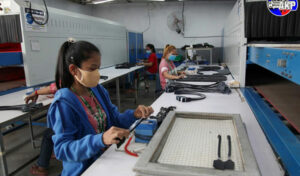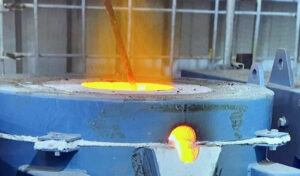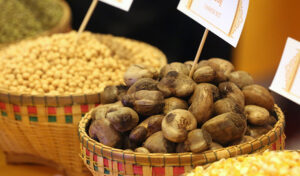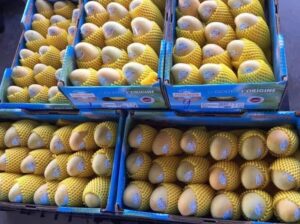Rubber production to receive multi-agency effort to improve
WWF-Cambodia and the General Department of Rubber at the Ministry of Agriculture, Forestry and Fisheries (MAFF) signed a memorandum of understanding (MoU) to build a multi-agency partnership for transparent and sustainable natural rubber supply chains in Cambodia.
Funded by the German government’s Federal Ministry for Economic Cooperation and Development (BMZ) through Welthungerhilfe, one of Germany’s biggest nonprofit organisations for global development and humanitarian aid and German World Hunger Aid, the multi-actor partnership cooperation has been implemented in other countries in Southeast Asia, including Thailand and Myanmar.
The three-year cooperation in Cambodia has engaged and worked with relevant key actors from the government, private sector, nongovernmental organisations (NGOs) and rubber smallholders in Mondulkiri to promote sustainable rubber production, contributing to the improvement of the rubber smallholders’ indigenous people and workers’ livelihoods.
Seng Teak, country director of WWF-Cambodia, said promoting the sustainable and responsible smallholder rubber plantations through the application of best management practices in Cambodia will not only create jobs and incomes for the local communities, but it will also help to reduce pressures on natural resources by optimal use of existing rubber plantation land and prevent illegal forest land encroachment.
“The MoU signing ceremony has opened a new chapter for WWF-Cambodia in its effort to work in partnership with relevant technical and responsible government agencies. It also supports the joint commitment in a multi-actor partnership platform where all parties involved share knowledge and information on sustainable rubber production and can contribute to policy on natural rubber supply chains,” he added.
He said the MoU also provides opportunities for capacity-building in sustainable natural rubber production practices, fostering the participation of rubber smallholders in protecting the community’s natural resources.
Pol Sopha, director-general of the General Directorate of Rubber, said building capacity and providing technical skills to smallholders and technical officials in the sector in addition to the active participation of all key stakeholders in the rubber sector will contribute to its sustainable development in Cambodia.
He added that to help guide sustainable rubber practices, the General Directorate of Rubber at the MAFF, WWF and the Cambodia Rubber Research Institution (CRRI) jointly published and distributed a technical guidebook for good agricultural practices (GAP) in latex harvest techniques and also provided necessary training, coupled with practical demonstrations and hands-on experience at rubber plantation sites to a total of 60 rubber smallholders and government officials from 20 provinces across the country.
“Currently, 100 rubber smallholders from five community protected areas adjacent to the WWF’s-supported Srepok Wildlife Sanctuary have been engaged. Plans call for reaching an additional 300 rubber smallholders by 2022,” Sopha said.
In 2020, the nation exported $482.76 million of rubber and rubber trees. This breaks down as 340,000 tonnes of rubber and 158,400 cubic metres of rubber tree, according to the report from the Ministry of Agriculture. The export figures represented an increase over the 280,000 tonnes exported in 2019. The growth rate in rubber exports is expected to increase through 2024. Cambodia sent around 60 percent of its rubber production to Vietnam, with most of the remainder having been exported to China, Malaysia, Singapore and Europe.
Sopha also noted it is anticipated that yearly export increases will be in the range of 30,000 to 40,000 tonnes per year because some rubber trees are approaching an inability to generate latex. Farmers will need to cut them down and re-plant that land. Sopha added that it takes six years for newly planted rubber trees to mature to the point of providing a harvest. Khmer Times







